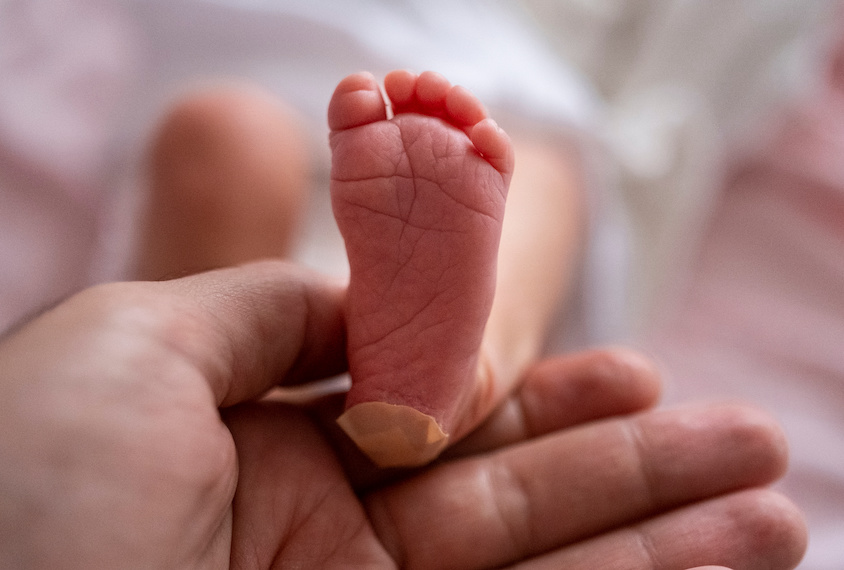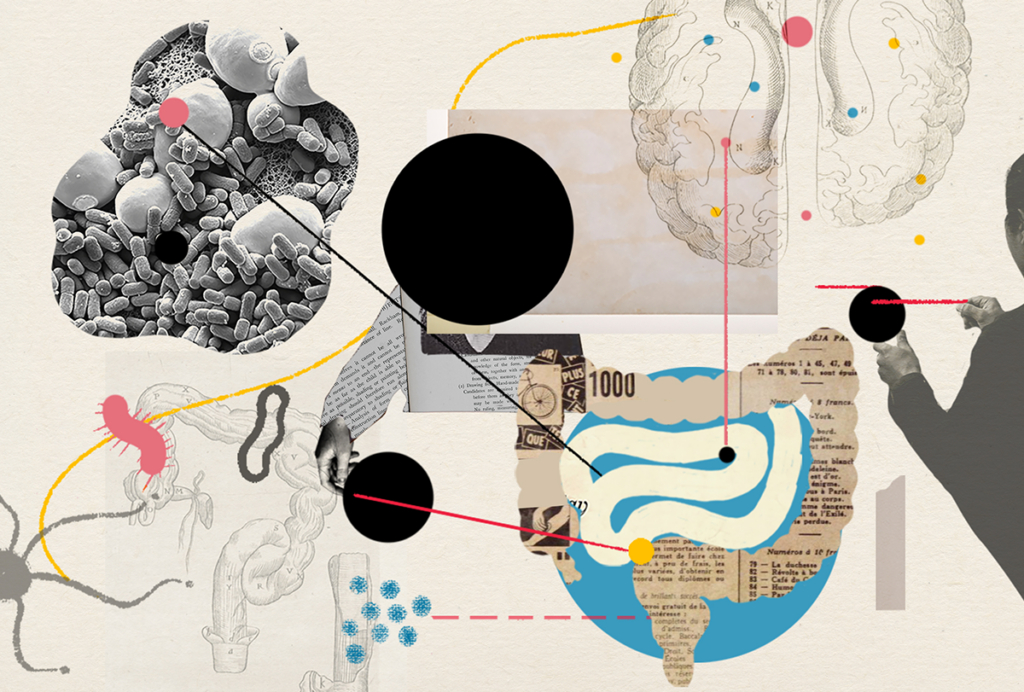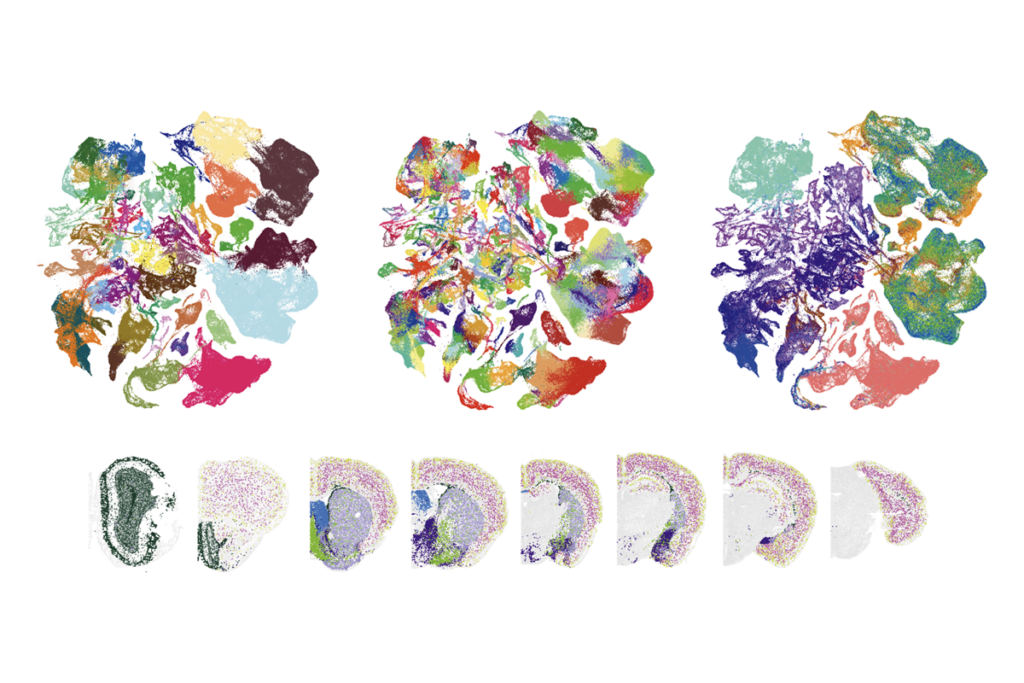For a rare autism-linked genetic condition called BCKDK deficiency, early treatment involving a diet change and nutritional supplements could forestall the development of challenging traits, according to a new study. The findings, published earlier this month in Brain, also suggest that clinicians could readily screen infants for the condition at birth.
BCKDK deficiency, first discovered in 2012, is caused by a mutation in the gene that codes for an enzyme called branched-chain ketoacid dehydrogenase kinase. This enzyme normally signals for the body to slow down the metabolism of branched-chain amino acids (BCAAs), molecules the body cannot produce but that are key to building proteins. In people with mutations in the BCKDK gene, BCAA metabolism continues unchecked, leading to a deficiency.
The new study combines data from 21 children with BCKDK deficiency in Europe, the Middle East and South America who were treated for low BCAA levels between the ages of 8 months and 16 years. Most of the children showed improvement in some traits, including head circumference and motor skills. Three children who were treated before the age of 2 had not received an autism diagnosis by the time the study concluded; one of these children, treated at 8 months, showed no developmental issues when tested at age 3.
“This has a possible path to preventing this disease by earlier diagnosis and intervention,” says Joseph Gleeson, professor of neurosciences at the University of California, San Diego, who was not involved in this study but was part of the 2012 team that discovered BCKDK deficiency and reversed its traits in model mice by using supplemental BCAAs.
“There was always that possibility [of reversing traits in people] based upon the work that we contributed to 10 years ago,” Gleeson says. “But I think this new paper really brings it up the next level.”
T
o track down more people with the condition, lead investigator Ángeles García-Cazorla, a pediatric neurologist at the Hospital Sant Joan de Déu in Barcelona, Spain, and her colleagues worked with a group from Norway to create an international network of physicians following BCKDK children. The search turned up 21 children with mutations in the BCKDK gene, including those first reported in 2012, from 13 families in countries as far-flung as Turkey and Brazil.Although the children’s physicians had not all used the same diagnostic tests, García-Cazorla’s team traced certain commonalities within the cohort. All 17 of the children older than 2 years had language difficulties, and almost all had impaired motor skills. Notably, 12 of them had an autism diagnosis, and another 3 had some autism traits.
Additionally, all of the children had an average-sized head at birth, but at the time of diagnosis, most had an unusually small head circumference, known as microcephaly. It’s not clear why the womb would protect them from developing microcephaly, García-Cazorla says, but “it points also towards some kind of reversibility, an improvement in the symptoms if you start treatment as early as possible.”
All of the children ate a high-protein diet, and all but two took BCAA supplements. Most of the treated children showed increases in head circumference and improvements in motor function. But there was a striking difference in how children responded, depending on how early they were treated: “Those children starting treatment younger, when they were younger than 2 years of age, evolve much better than the others,” García-Cazorla says.
By contrast, the improvements in children who were treated later in life were “modest,” García-Cazorla says. “There is really a window of treatment where you can reverse or improve the disease a lot.”
S
ix out of the seven children with available newborn screen analyses showed abnormally low amino acid levels on a heel-prick test at birth, suggesting the condition can be screened for in infants, which would enable clinicians to begin treatment as early as possible. In Spain, each autonomous region decides which conditions to include in its newborn screening panel. And when García-Cazorla communicated her results to the center responsible for screening newborns in Catalonia, it added BCKDK deficiency to its tests.“I’m glad to hear this,” says Gaia Novarino, professor of neuroscience at the Institute of Science and Technology in Klosterneuburg, Austria, who was part of the 2012 team that discovered BCKDK deficiency.
In the United States, adding diseases to newborn screening can be a cumbersome and slow process. But many newborns already have their amino acid levels checked for another rare disease, maple syrup urine disease, Novarino notes. “So it should be a no-brainer to go ahead.”
No matter how rare BCKDK deficiency is, given that there seems to be at least one clear path to treatment, it’s crucial to screen for it, García-Cazorla says. “We cannot miss treatable disorders.”






